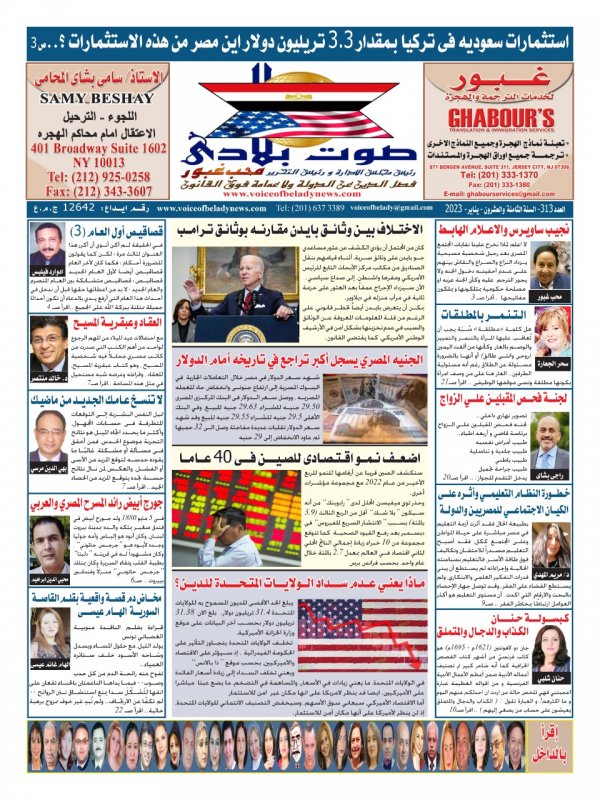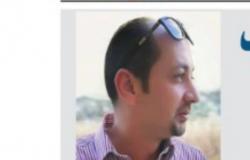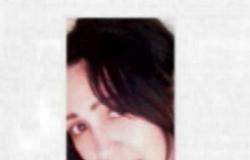Novel craftsmanship and creative criticism
Dr. Mohamed Dabbasha
Let's start with a question, is the novel a craft or an art? We can answer that the novel is an art within the tree of the shadows, and the workmanship lies in its structure and is based on know-how and mastery based on experience and on possibilities and references that must be available to establish this art, and workmanship here is not a mechanical craft of things, but rather it must interfere with formation and photography to produce a creative text that meets the conditions And controls for building a literary text away from tradition.
Lubbock believes in his book, The Craft of the Novel, that there must be many mechanisms in the workmanship of the novel, as it is the most prevalent artistic craft in our time, which advances other literary genres.
It draws a constructive reading of the fictional work that follows the style and formulas in order to discover the text and the possibility of judging it.
Perhaps the emergence of some international critical approaches has contributed to the dynamism and dominance of the modern prose text (the theory of gender and gender overlap), which sees that the openness of literary texts to each other has a very important impact in deviating from the text from the well-known traditional templates and away from the strict template that still dominates the mindset of many From the traditional generation of novel writers.
M. Forster adds that the novel must be seen as if it were a quagmire with several tributaries, where you find poetry, story, tale, proverbs ... etc. Thus, the problematic theory of overlapping of races is solved in writing on a specific gender so that the writer is free to move between different races without relying on gender This, in turn, leads to creation and creativity. In this direction, awareness of the text and awareness of the self and the world must be required, and the novelist must sense the movement of things in his text.
Some critical studies consider that the success of any novel must have two things
1- Target audience (implicit reader)
2- Intensifying the rhetorical aspect based on the scenery and photography, which is full of clear, imaginary artistic images
Based on the foregoing, I see from my point of view that the theory of creative criticism liberated the novel from the stereotyped template in writing the novel and made the writer free to mix more than one literary genre in his novels, and freedom and distance from stereotypes are the first step on the road to creativity.




 رئيس التحرير يكتب : من التراب وإلى التراب يعود .. تحويل جثث الموتى إلى سماد عضوى
رئيس التحرير يكتب : من التراب وإلى التراب يعود .. تحويل جثث الموتى إلى سماد عضوى
 رئيس التحرير يكتب : لماذا تصر الحكومة على استمرار شريف أبو النجا رئيسا لمستشفى 57357 رغم الشواهد العديدة على فساده
رئيس التحرير يكتب : لماذا تصر الحكومة على استمرار شريف أبو النجا رئيسا لمستشفى 57357 رغم الشواهد العديدة على فساده اقرأ في العدد الجديد ( عدد يناير ٢٠٢٣ ) من جريدة صوت بلادي
اقرأ في العدد الجديد ( عدد يناير ٢٠٢٣ ) من جريدة صوت بلادي









